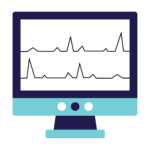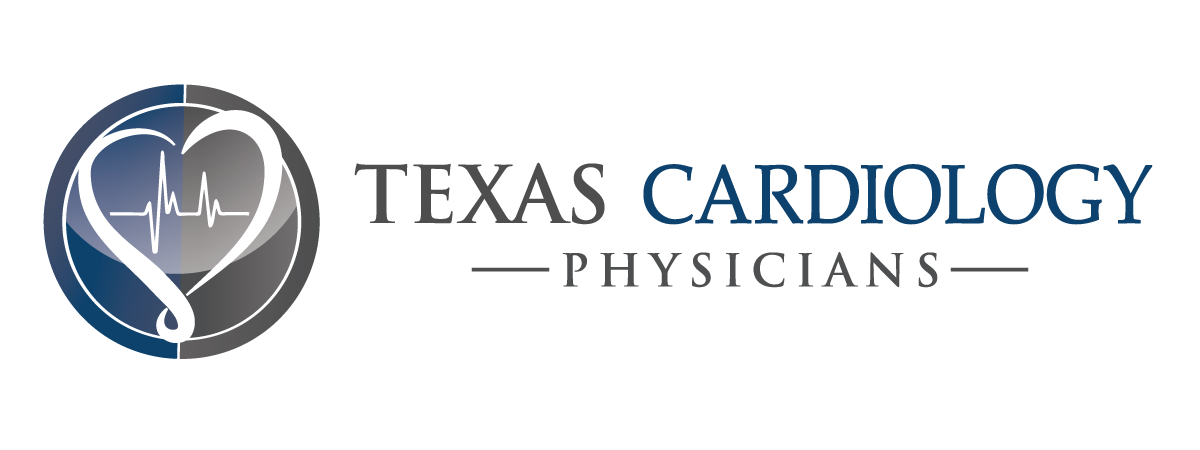EKG
Approximately 250,000 people in the US die each year as a result of a treatable but undetected heart rhythm disorder. Monitoring of the heart’s rhythm is the cornerstone of the diagnosis of cardiac arrhythmias. In heart rhythm testing, the electrical activity of your heart is recorded to identify problems. Common heart monitoring techniques include:
- Holter monitor (24h monitoring for days at a time)
- Implantable loop recorders (months of continuous monitoring)
- Electrocardiogram (ECG or EKG)

